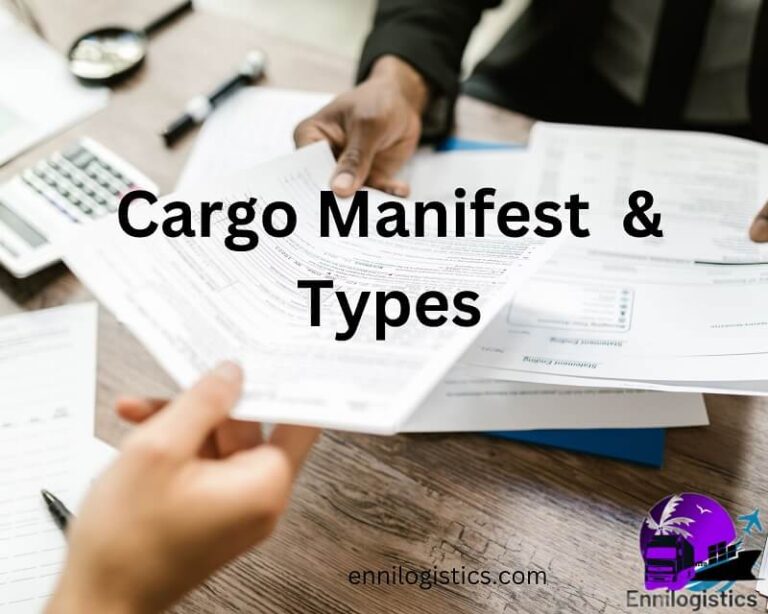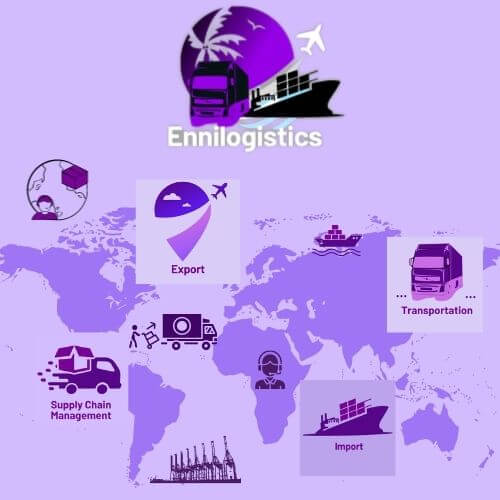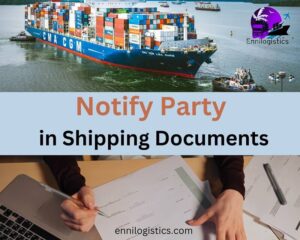What is a cargo manifest?
The simple meaning of cargo manifest is a list of goods that are on board the vessel for transportation purposes.
When considering ocean transportation one vessel or ship is a complete and coordinated list of cargo or passengers carried on a ship. This should include crew members’ details also. In another way, we can say a cargo manifest is a list that collection of all the bills of lading.
Importance of cargo manifest?
customs authorities need to check and review the actual volume of cargo to be unloading the relevant ports. without identifying a cargo manifest ship cannot do the loading or unloading process at a port.
The cargo manifest including details,
name of the ship or vessel and other details
voyage details, voyage number
shipping route
bill of lading number
consignee details
description of cargo, volume, quantity, type of the goods
Who prepares the cargo manifest?
cargo manifest is prepared by the shipping line or carrier’s agent.
Who uses cargo manifest and why?
A cargo manifest is an essential document for the loading and unloading process at the port of destination. relevant customs authority reviews the cargo manifest before the loading and unloading at the port.
Different types of manifest in shipping?
1. Hazardous cargo manifest
Hazardous or dangerous cargo
Dangerous cargo is also known as Hazardous or hazmat cargo.
Dangerous cargo can be defined as a material or substance which can be poising and effecting an unreasonable risk to the health and safety of the people as well as damaging property, vessel, or environment. Those goods are in transporting and storage of the goods
The hazardous cargo manifest is the list of hazardous cargo that are on board the vessel. It needs to be classified according to the correct hazardous cargo clarification.
For the classification of hazardous cargo need to use a standard coding method. Most of the shippers use IMDG codes for classification of the hazardous cargo (international Maritime Dengours Goods).
There are some first aid medicines are carried on board the vessel. That also needs to be classified under the IMDG codes.
The shipper is responsible to classified dangerous goods according to correct IMDG codes and other cargo details. Otherwise, that shipment is not allowed to carry by ship.
finally, we can say that the hazardous cargo manifest included the cargo details which are carried by the vessel ad also first aid medicines which are on board the vessel for the use of crews.
Before loading into the ship and before the ship’s arrival at the destination or intermediary port, the hazardous cargo manifest should submit to the relevant customs authority.
2. Freight manifest
The freight manifest includes the details of freight chargers for each and every consignment. Freight manifest created at the port of origin to collect the freight chargers from the consignor or at the port of destination to collect the freight chargers from the consignees.
It can use to calculate freight commissions also.
3. Reefer manifest
Good classification list of reefer cargo on board the vessel.
Reefer cargo is they are packed and frozen foods, it is perishable in nature. This type of cargo handling is a higher risk and difficult.in case of a mistake or temperature changes matter effect waste of reefer cargo due to perishable or cannot be used. Because need to control, the temperature according to relevant instructions.
For transport, this kind of cargo uses a ship called a reefer ship.
- meat
- fish
- vegetables
- fruits
The reefer cargo manifest is a document which is mentioned all the reefer cargo details on board the vessel. Those details include temperature and humidity requirements.
4. Out of gauge manifest
Cargo list of out-of-gage cargo which is carrying a vessel. This type of cargo not having standard measurements. As the name reflects it is out of the standard container sizes. So it needs to maintain a different type of cargo manifest. It called out of gauge manifest. This should include the details of the cargo and while dimensions of the packaging.
5. Export and import manifest
Import and export manifests look like same. When a ship before departure from the port gives a cargo manifest to customs it’s called an export cargo manifest.
Before the arrival at the next port, the shipping line needs to submit a cargo manifest to customs it’s called an import cargo manifest.
Related posts may you like to Read,
Do You Know The Main Types Of Cargo?
Main types of cargo Transported by sea
15 Essential shipping documents






